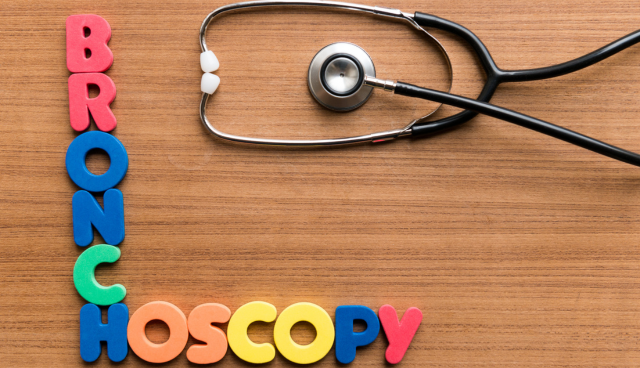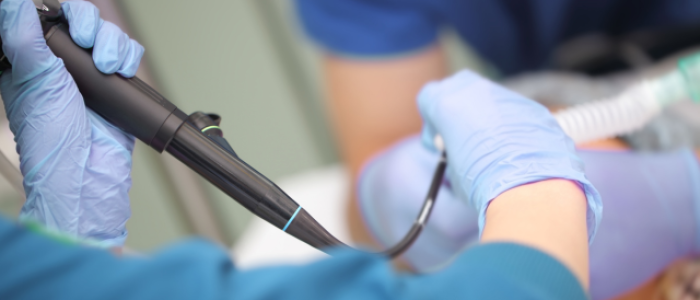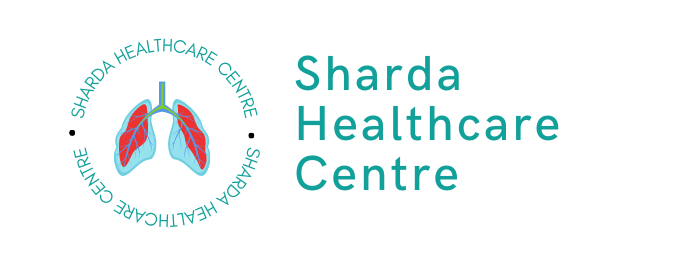
Bronchoscopy: Procedure, Risks, and Uses
Bronchoscopy is a minimally invasive medical procedure that allows doctors to visually examine the inside of the airways in the lungs. During a bronchoscopy procedure, a thin, flexible tube called a bronchoscope is inserted through the nose or mouth and guided down the throat and into the lungs. At the end of the bronchoscope is a camera that projects images onto a video monitor for the doctor to view. This procedure is primarily used to identify abnormalities in the airways that may be causing symptoms like coughing, wheezing, or shortness of breath.
What is a Bronchoscopy Procedure?
A bronchoscopy procedure typically takes 20-40 minutes and can be performed in a hospital or outpatient clinic. Prior to the procedure, patients are given medication through an IV to relax them and make them more comfortable. The medication often causes drowsiness and sometimes brief unconsciousness. Local anesthetic is applied to the nose and/or throat to numb these areas before inserting the Olympus bronchoscope.
Once the patient is properly prepared, the doctor inserts the lubricated bronchoscope through the nose or mouth, down the throat, and into the windpipe and lungs. The tip of the bronchoscope has a camera and light which projects images onto a video monitor as the doctor navigates through the airways. This fiberoptic technology allows the doctor to visually inspect the lungs for abnormalities and identify potential causes of symptoms.
Reasons for Getting a Bronchoscopy
There are several reasons why a doctor may recommend a bronchoscopy procedure. These include:
- Evaluating prolonged cough or abnormal chest X-ray.
- Diagnosing chronic lung disorders like asthma, cystic fibrosis, COPD.
- Collecting biopsy samples to test for infections or cancer.
- Removing mucus plugs or foreign objects lodged in the airways.
- Widening narrowed air passages using laser therapy or dilation.
Benefits of Bronchoscopy
Some benefits of bronchoscopy compared to other procedures include:
- Minimal invasiveness and quick recovery time
- Visual confirmation for accurate diagnosis
- Simultaneous therapeutic options like biopsies and removing blockages
- Alternative to surgical lung biopsy in some cases
- Can often be done as an outpatient procedure
Bronchoscopy Risks and Side Effects
While generally safe, bronchoscopy does carry some risks like:
- Bleeding at the biopsy site
- Temporary sore throat or hoarse voice
- Low oxygen levels during procedure
- Infection, though rare
- Pneumothorax (collapsed lung), mainly in transbronchial biopsy
Luckily, serious complications are quite uncommon when performed by an experienced doctor. Minor side effects like cough or drowsiness from sedation medication typically resolve quickly after the procedure.

Bronchoscopy Cost Considerations
The cost of bronchoscopy can range from Rs. 8,000/- to Rs. 15,000/- or more depending on the facility, type of sedation used, and whether biopsies or other interventions are performed. Health insurance plans often cover the majority of the cost if the procedure is medically necessary. Speak with your doctor’s office to get an estimate of the bronchoscopy cost based on your specific situation.
Preparing for a Bronchoscopy
If your doctor recommends a bronchoscopy, be sure to discuss all medications you take including blood thinners. Your doctor will provide instructions to fast for several hours before the test and to stop any inhaled medications. Speak up about any concerns you have beforehand so your doctor can take precautions as needed.
Having a friend or family member accompany you is also a good idea, as you will be drowsy after the procedure and should not drive. Take it easy the rest of the day to allow your body to recover.
Conclusion:
Bronchoscopy is an instrumental tool that allows doctors to directly visualize the airways and identify issues that may be hard to detect through external exams or imaging alone. While the procedure does require sedation and carries some risk, the benefits it provides in terms of accurate diagnosis and management of lung conditions often outweighs any downsides.
If you have respiratory symptoms that have not been adequately explained or treated, discuss bronchoscopy with your pulmonologist. They can explain whether this procedure may provide helpful insights into what is causing your symptoms and the best course of treatment. Although the thought of having a camera passed into your lungs may seem scary, the procedure is very controlled and has proven extremely useful for improved lung health outcomes. Don’t hesitate to ask your doctor any other questions you may have about what to expect from a bronchoscopy procedure.
